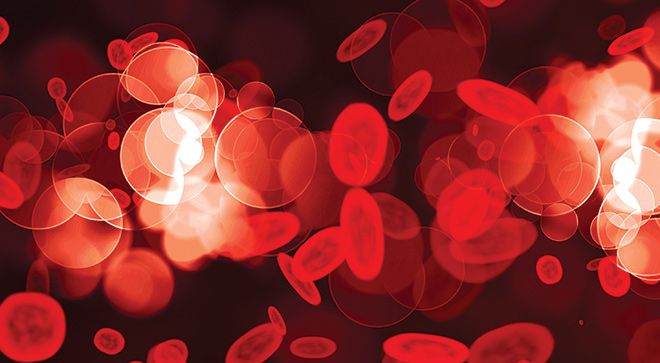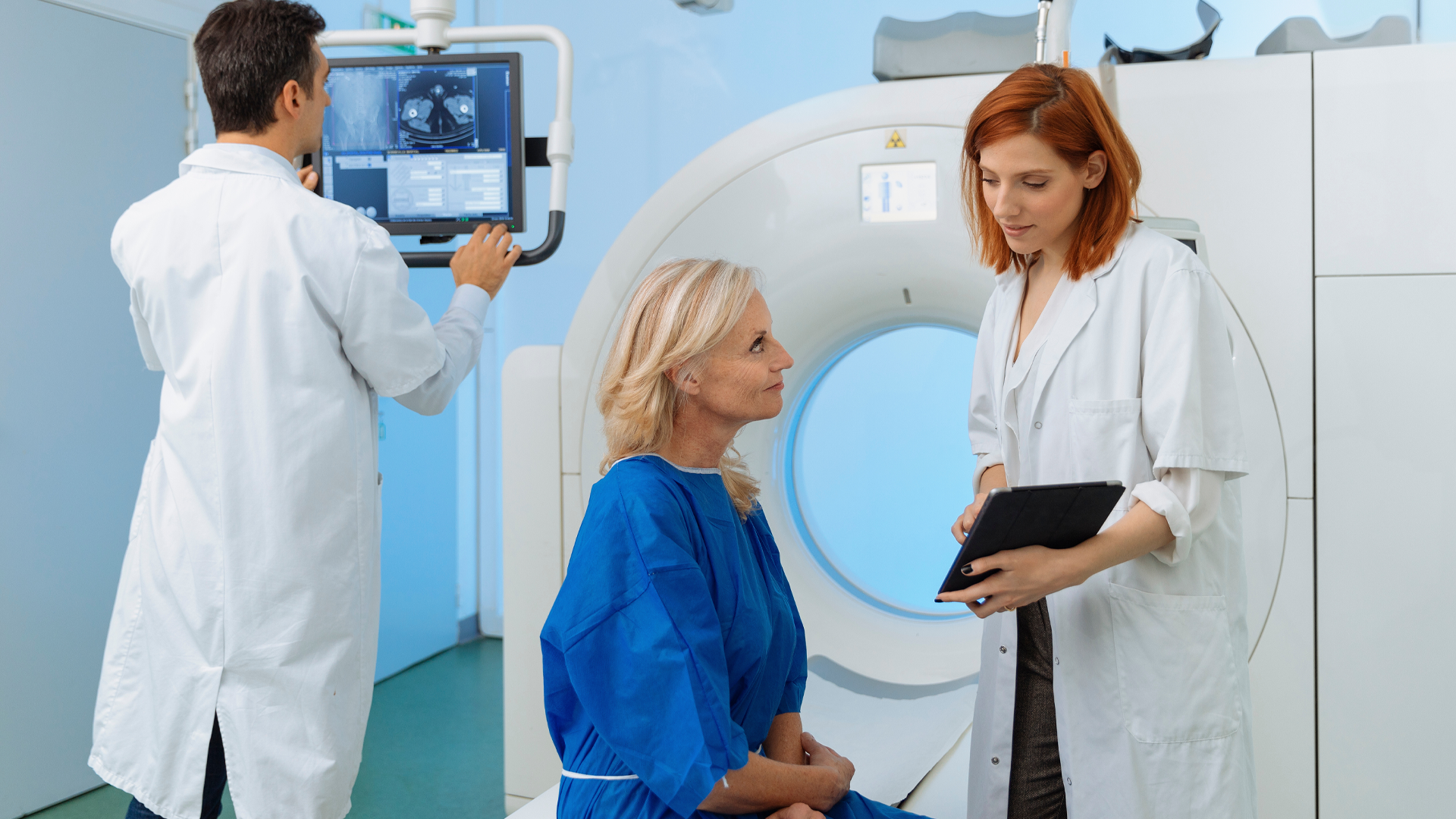Nivolumab Shows Activity in Two GI Cancers
Results from clinical trials presented at the 2016 Gastrointestinal Cancers Symposium signal a role for the immunotherapy nivolumab (Opdivo) in the treatment of GI malignancies.
Dung T. Le, MD
Results from clinical trials presented at the 2016 Gastrointestinal Cancers Symposium signal a role for the immunotherapy nivolumab (Opdivo) in the treatment of GI malignancies, among them gastric cancer and heavily pretreated esophageal cancer.
First, in the phase I/II CheckMate-032 trial, the PD-1 inhibitor had an overall response rate (ORR) of 14% with an acceptable safety profile in patients with gastric or gastroesophageal junction (GEJ) cancer.1
“Nivolumab monotherapy was well tolerated in patients with metastatic gastric, esophageal, or gastroesophageal junction cancer,” said lead author Dung T. Le, MD, an assistant professor of oncology at Johns Hopkins Kimmel Cancer Center, who presented the results at the meeting.
CheckMate-032 is a randomized, open-label, multitumor cohort study that accrued patients with multiple cancer types and treated them with nivolumab as a single agent or in combination with ipilimumab, including 163 patients with gastric cancer.
Fifty-nine patients with locoregionally advanced or metastatic gastric cancer or GEJ were assigned to single-agent nivolumab at 3 mg/kg IV every 2 weeks. The remaining 104 patients were assigned to 1 of 3 nivolumab/ipilimumab combination regimens. The data presented at the GU Symposium were the preliminary results for patients who received nivolumab monotherapy.
The median patient age was 60 years (range, 29-80), including 17 (29%) patients aged ≥65 years; 31 patients had GEJ, 9 had esophageal cancer, and 18 had gastric cancer. Overall, 83% of patients had received at least two prior therapies. The average number of nivolumab doses received was 7.3, and 34 patients received at least 4 doses. The average cumulative dose was 21.8 mg/kg.
Four patients (7%) remain on treatment, with 93% (n = 55) having discontinued. The median ORR was 14%, including 1 complete response (CR) and 7 partial responses (PR). The rates of stable disease (SD) and progressive disease were 19% (n = 11) and 58% (n = 34), respectively. Responses were not determined for 6 patients. The disease control rate (CR + PR + SD) was 32% (n = 19). The median time to response was 1.6 months, with a median response duration of 7.1 months.
“There was one patient who progressed by RECIST criteria, but on subsequent imaging had a nice regression over time. And, in fact, this patient currently has no evidence of disease on imaging,” said Le. Additionally, “Forty-nine percent and 36% of chemorefractory patients were still alive at 6 and 12 months, respectively.”
Although PD-L1 expression was not an inclusion criterion for the study, PD-L1 levels were able to be tested on 40 patients using archived tumor samples or baseline biopsies. “PD-L1 expression appears to be numerically associated with a higher objective response rate,” Le reported.
She noted that treatment-related AEs were consistent to those observed in previous trials of single-agent nivolumab. Overall, 69% (n = 41) of patients experienced a treatment-related AE of any grade. The most common all-grade AEs were fatigue (32%), pruritus (17%), decreased appetite (15%), diarrhea (15%), nausea (14%), increased AST (12%), pyrexia (10%), vomiting (10%).
Grade 3/4 AEs occurred in 17% (n = 10) of patients. The most frequently occurring grade 3/4 AEs included increased AST in 5% of patients, and fatigue, vomiting, and diarrhea at 2% each.
Esophageal Cancer
In another phase II study reported at the GI Cancers Symposium, nivolumab demonstrated activity in patients with squamous-histology esophageal cancer that had progressed during or after treatment with at least one prior systemic regimen.2 Patients received nivolumab 3 mg/kg every 2 weeks by infusion, and treatment continued until disease progression or development of unacceptable toxicity. The study involved a heavily pretreated cohort, as two thirds of the patients had received 3 or more prior systemic regimens, two thirds had prior surgical resection, and two thirds had a history of radiation therapy.
Overall, 11 of 64 patients had objective responses, and 16 others had stable disease. Responses had a median duration of 92 days and a maximum of 205 days. Approximately half of the patients had some degree of tumor shrinkage in response to treatment with nivolumab, reported Takahashi Kojima, MD, a medical oncologist at the National Cancer Center Hospital East in Kashiwa, Japan.
The treatment was generally well tolerated and associated with a low rate of grade 3/4 gastrointestinal and hepatobiliary adverse events.
By independent review, one patient achieved a complete response to treatment with nivolumab, and 10 had partial responses, resulting in an overall response rate of 17.2%. By investigator assessment, 2 patients had complete responses, and 12 had partial responses, yielding a total response rate of 22%.
Additionally, 16 (25%) patients had stable disease by independent review and 20 (31.3%) by investigator assessment. The clinical benefit rates were 42% and 53%, respectively. Among responding patients, the median time to response was 44 days, and the time to response onset ranged from 43 to 85 days. The cohort had a median OS of 10.78 months and a median PFS of 1.51 months.
The most frequently reported all-grade adverse events (AEs) were diarrhea (20%), decreased appetite (20%), lung infection (12.3%), fatigue (12.3%), rash (10.8%), and constipation (10.8%). The most common grade 3/4 AEs were lung infection (9.2%) and decreased appetite (3.15). Serious AEs included lung infection (6.2%, drug-related in half of cases), dehydration (4.6%, drug-related in two of three cases), and interstitial lung disease (3.1%, drug-related in both cases.
“The level of activity observed in this preliminary trial warrants further investigation, and a phase III trial of nivolumab as second-line therapy in advanced esophageal cancer has begun,” said Kojima.
“Nivolumab monotherapy in Japanese esophageal cancer patients was effective, Kojima concluded, “and patients who were considered to have a complete response or partial response had durable responses.”
Although not approved by the FDA for gastric/esophageal cancer, nivolumab has approved indications for the treatment of lung cancer, melanoma, and renal cell carcinoma.
References
- Le DT, Bendell JC, Calvo E, et al. Safety and activity of nivolumab monotherapy in advanced and metastatic (A/M) gastric or gastroesophageal junction cancer (GC/GEC): results from the CheckMate-032 study. J Clin Oncol 34, 2016 (suppl 4S; abstr 6).
- Kojima T, Hara H, Yamaguchi K, et al. Phase II study of nivolumab (ONO-4538/BMS-936558) in patients with esophageal cancer: preliminary report of overall survival. J Clin Oncol. 34, 2016 (suppl 4S; abstr TPS175).




